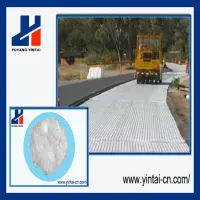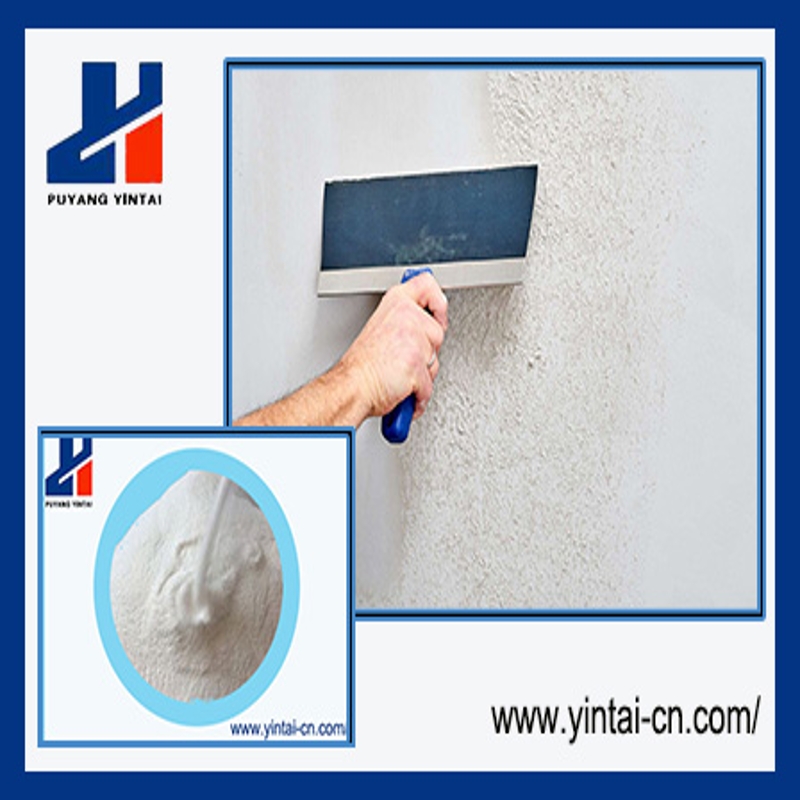-
Categories
-
Pharmaceutical Intermediates
-
Active Pharmaceutical Ingredients
-
Food Additives
- Industrial Coatings
- Agrochemicals
- Dyes and Pigments
- Surfactant
- Flavors and Fragrances
- Chemical Reagents
- Catalyst and Auxiliary
- Natural Products
- Inorganic Chemistry
-
Organic Chemistry
-
Biochemical Engineering
- Analytical Chemistry
- Cosmetic Ingredient
-
Pharmaceutical Intermediates
Promotion
ECHEMI Mall
Wholesale
Weekly Price
Exhibition
News
-
Trade Service
Relevant data show that most gaseous pollutants can be directly treated by photocatalysis or separated from the liquid phase for oxidative degradation
.
There are many kinds of pollutants in foreign photocatalytic gas purification research, some common air pollutants such as pyridine , acetone , toluene , fuel additive MTBE, etc.
Photocatalysis research
Preliminary studies have shown that the photocatalytic oxidation method has good application prospects in the treatment of volatile organic compounds
.
Using TiO 2 as a catalyst, under near-ultraviolet light irradiation, volatile organic waste gas such as alkanes, alkenes, ketones, aldehydes, halogenated hydrocarbons and some malodorous substances can be oxidized and decomposed into other inorganic small molecules such as CO 2 and H 2 O
.
The photocatalytic oxidation method for treating exhaust gas has the following characteristics
.
①It is non-selective to the oxidation of organic compounds.
Using TiO 2 as a catalyst, under near ultraviolet light irradiation, it can remove the main volatile organic compounds such as alkanes, alkenes, alcohols, ketones, aldehydes, aromatic hydrocarbons, halogenated hydrocarbons and some malodorous substances.
Oxidation
.
It can be operated under normal temperature and pressure, and can effectively oxidize and remove trace organic pollutants
.
②The photocatalytic oxidation method has lower energy consumption than other exhaust gas control methods
.
That is, compared with liquid phase photocatalysis, gas phase photocatalytic oxidation can use a lower energy light source, such as a fluorescent black light lamp as the light source
.
③The gas-phase photocatalytic oxidation process has a fast reaction rate, high light utilization rate, high organic matter removal rate and thorough oxidation
.
Typically organics are degraded to non-toxic inorganic small molecules (e.
g.
Related links: Application of TiO2 photocatalytic oxidation in wastewater treatment







